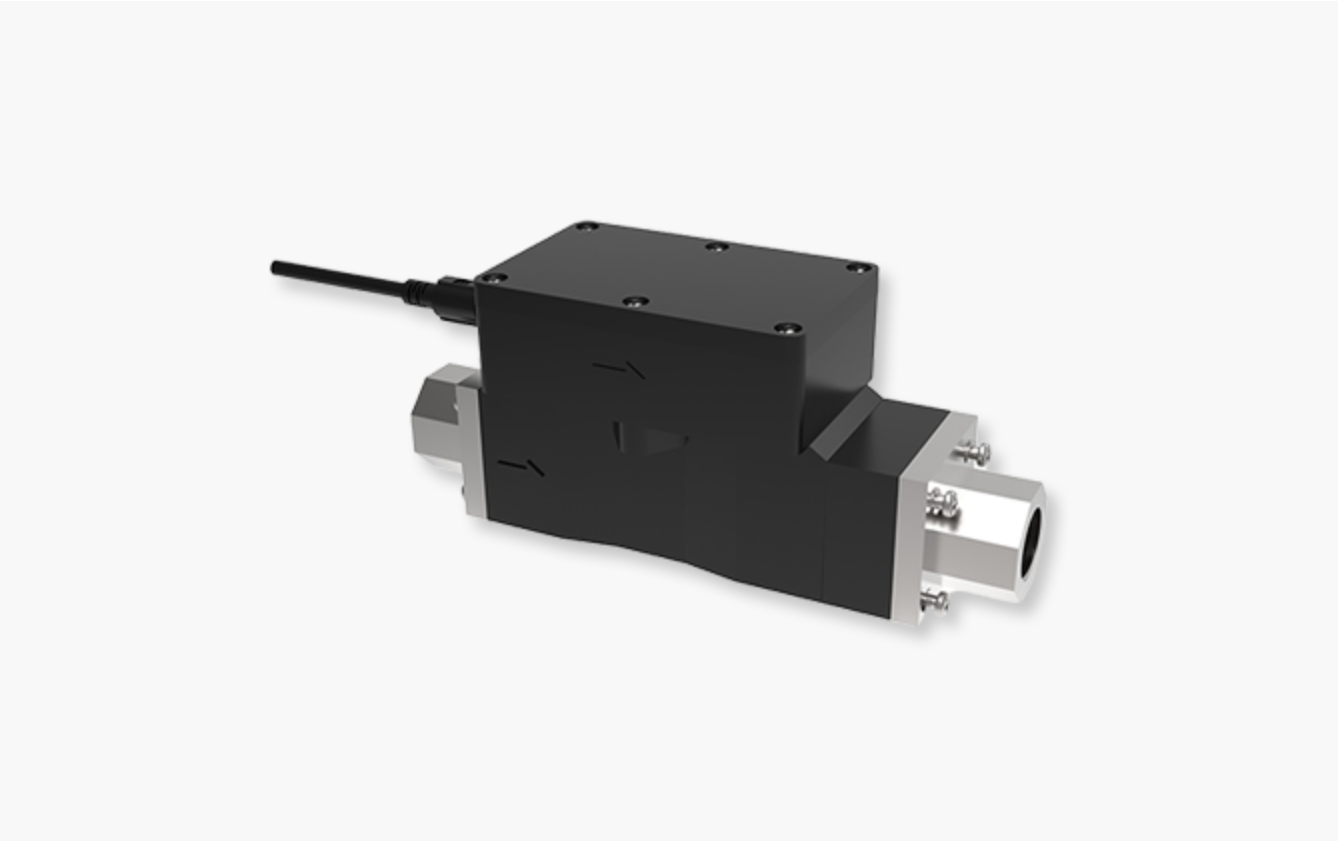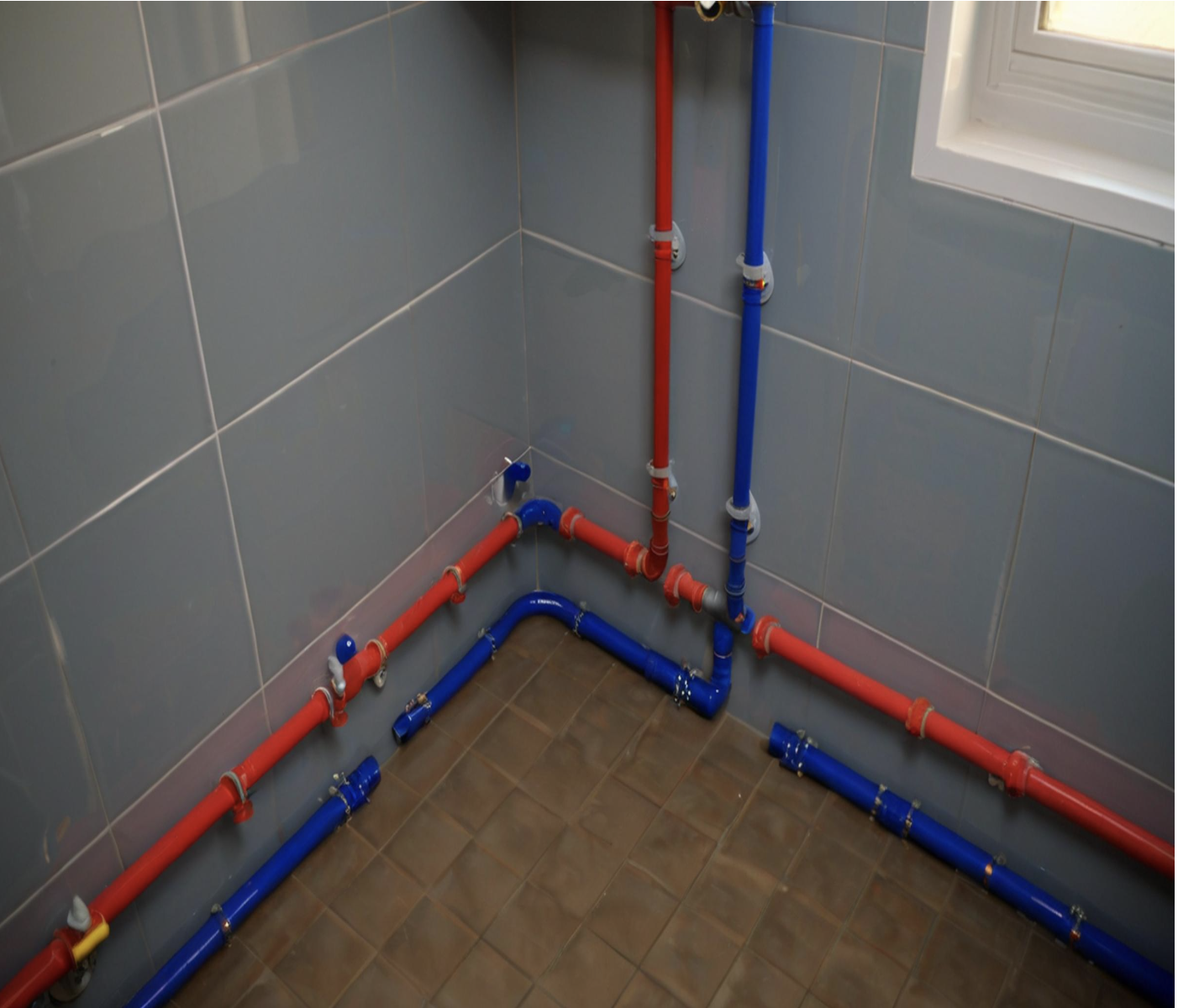


The ultrasonic flowmeter, a high-tech product based on the principle of ultrasonic time-difference measurement, is making a significant impact in the field of water conservation with its unique advantages. By measuring the propagation time difference of ultrasonic signals in pipelines, it calculates flow rates accurately. With no moving parts inside the pipeline, it not only reduces pressure loss but also enhances measurement precision. Below are some vivid examples demonstrating the vital roles ultrasonic flowmeters play in different fields.

The widespread use of instant electric water heaters in households has brought convenience but also raised higher demands for water flow measurement. With its high-precision measurement capability, the ultrasonic flowmeter provides accurate water flow data for water heaters. In Mr. Zhang's home in Hangzhou, an ultrasonic flowmeter successfully prevented water temperature fluctuations caused by unstable flow rates, ensuring a comfortable shower experience for the family.
The rise of smart home systems has made intelligent water management possible. Ultrasonic flowmeters, with their built-in chips, process ultrasonic pulse signals and directly output digital signals like instantaneous and total flow rates. In Ms. Li's home in Nanjing, the smart water management system equipped with an ultrasonic flowmeter monitored household water usage in real-time. This system promptly detected and addressed a nighttime pipe burst, preventing potential water damage and loss.

In the industrial sector, the wide dynamic range and insensitivity to medium properties make ultrasonic flowmeters reliable tools in fields like food packaging, HVAC systems, solar thermal power plants, and pharmaceutical production. For example, in a pharmaceutical factory in Suzhou, ultrasonic flowmeters ensured precise measurement of liquid solutions on the production line, improving production efficiency and product quality.
Agricultural irrigation is a significant consumer of water resources. The application of ultrasonic flowmeters in smart irrigation systems, through real-time monitoring and automated data collection, effectively addresses inaccuracies in water billing and resource wastage. In an orchard in Shandong, the low power consumption and anti-aging features of ultrasonic flowmeters made them an ideal choice for the irrigation system. This helped farmers achieve precision irrigation and improve water resource utilization efficiency.
These application cases not only demonstrate the practicality and reliability of ultrasonic flowmeters in various scenarios but also highlight their critical role in water conservation and resource management. With ongoing technological advancements and expanding application fields, ultrasonic flowmeters are set to play an increasingly significant role in future water resource management, contributing to the development of a water-conserving society.
